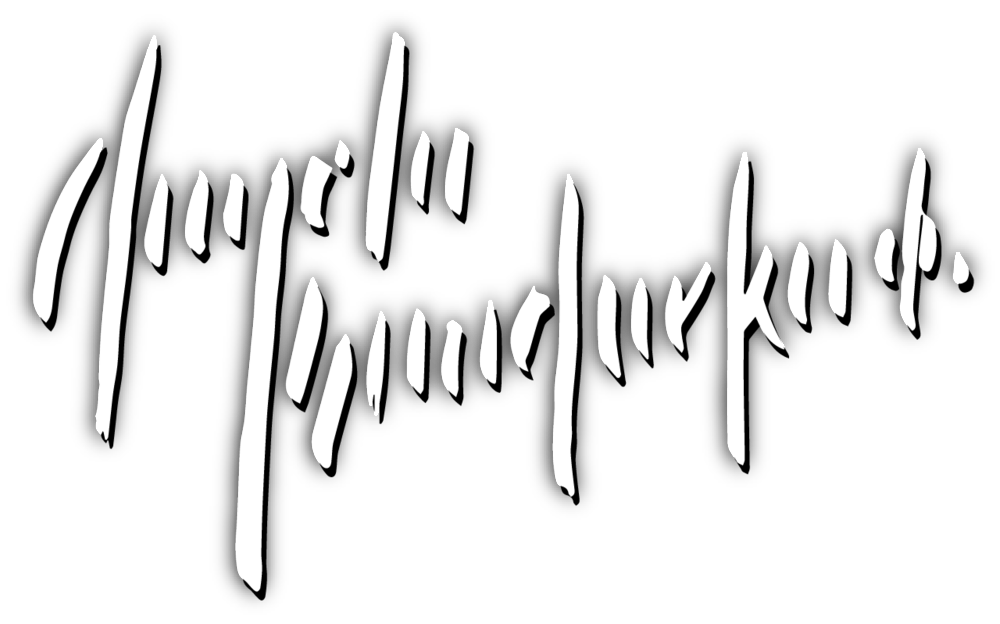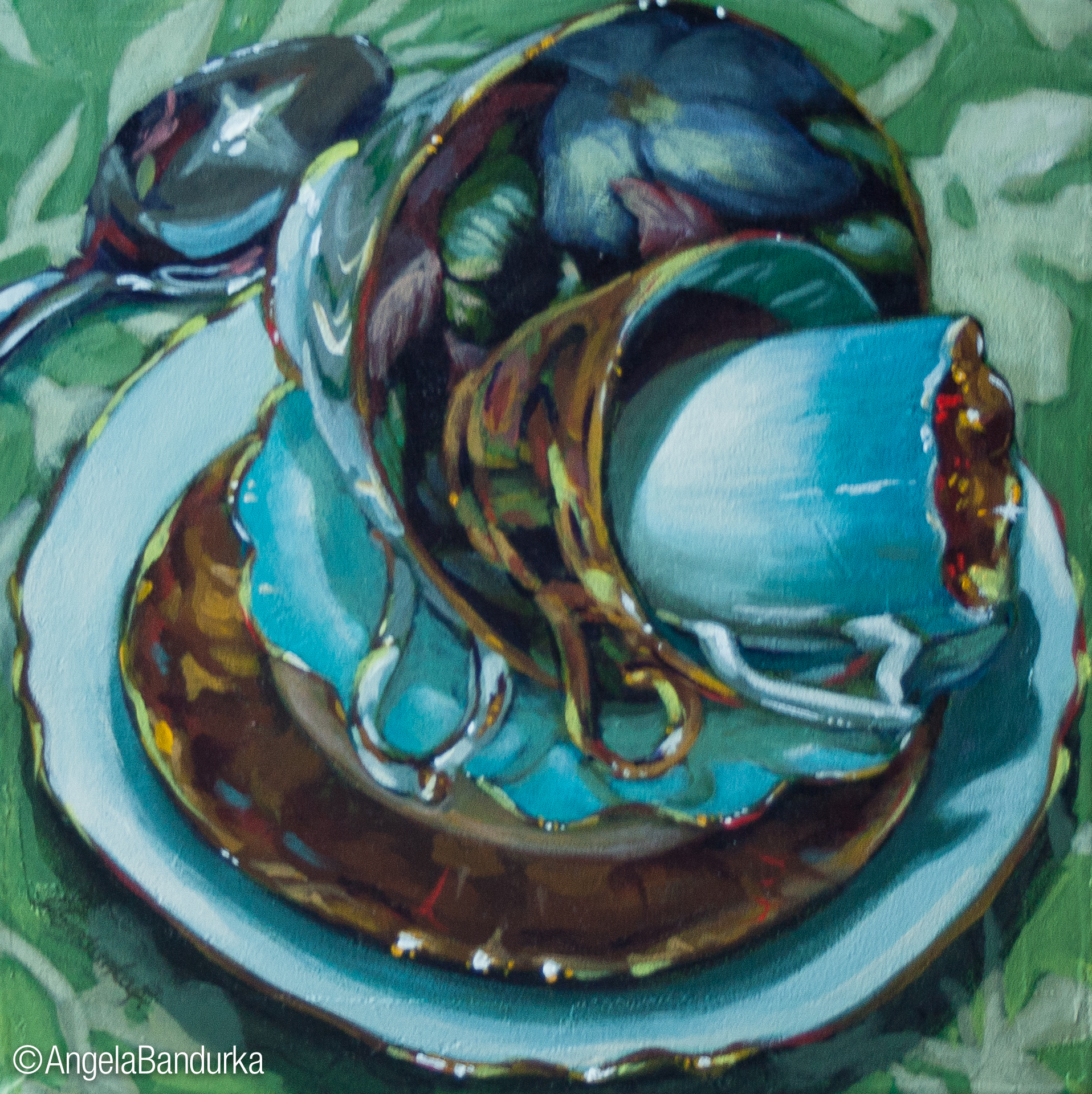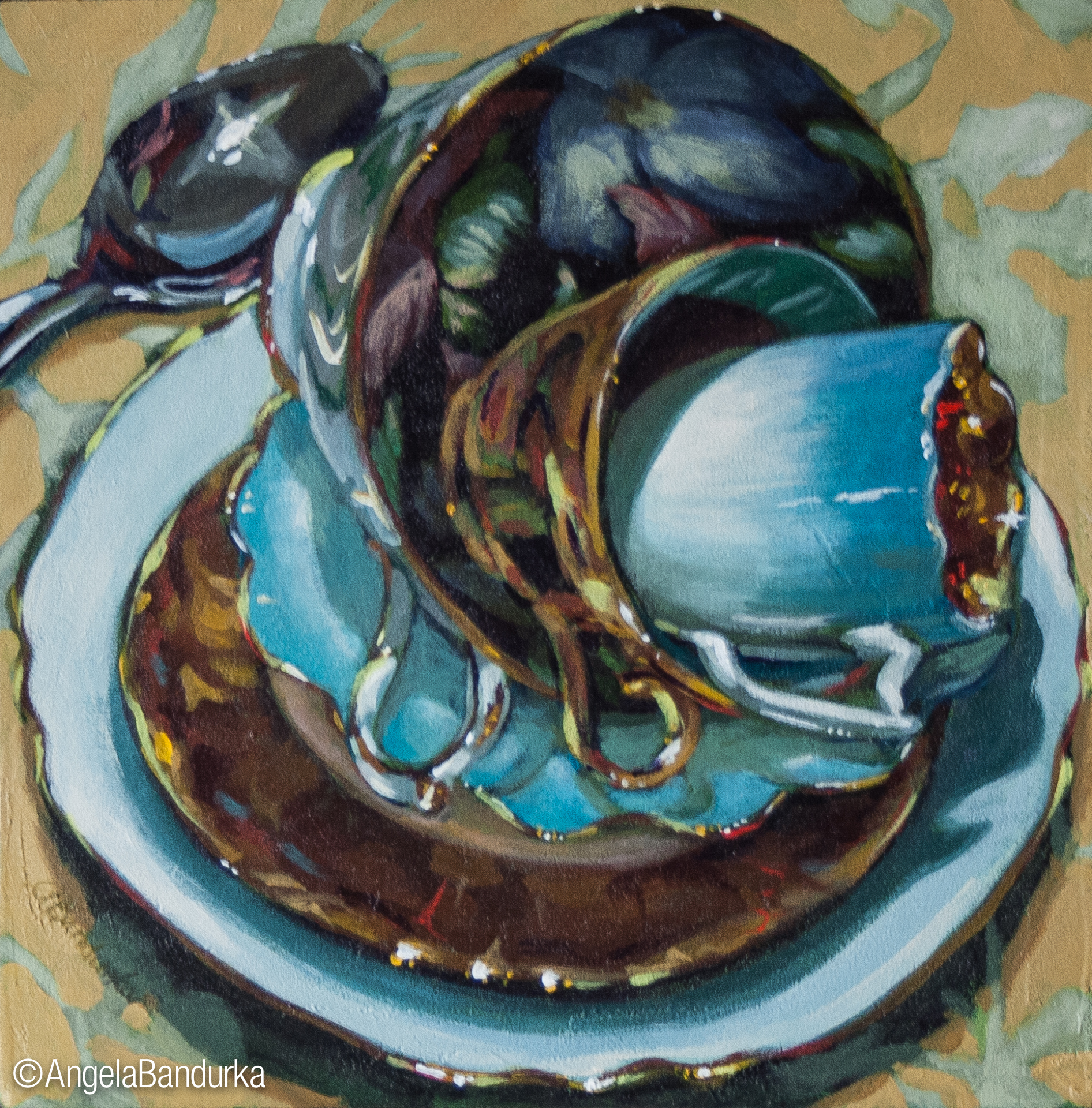One of the most important things we need to learn to do as an artist is critique our own work, and then improve it before sending it out into the world so that everything we put out there is satisfactory to us.
It's also one of the most difficult.
Getting feedback from others can help, as well. It's gratifying when you hear positive feedback, and can be downright depressing when there is a negative comment, piercing your heart and popping it like a balloon. It can also make you second guess your decisions and change your vision based on others' opinions. A lot of these points can come in handy when you get unsolicited advice, as well ;)
Below are some guidelines I've come up with for myself when asking for a critique from others:
“The two kinds of perspective that artists use are linear and atmospheric (or aerial). Linear perspective uses lines and vanishing points to determine how much an object’s apparent size changes with distance. Atmospheric perspective deals with how the appearance of an object is affected by the space or atmosphere between it and the viewer. Italian Renaissance Master Leonardo da Vinci noticed this latter phenomenon and dubbed it ‘the perspective of disappearance.”
DO ask your peers or betters for an honest critique of your piece.
DO, if it's 'finished', start by having them critique your piece without making any statements before. No excuses, no hemming or hawing. Just put it in front of them and ask them to critique it. If you still have work to do on it, explain what you're going to do on it and that you'd like a critique on the work done so far and how they might proceed if it were their piece.
DO listen quietly while they critique your work, adding your thoughts if they are constructive only.
DON'T make excuses or get defensive for any reason.
DO write down or make mental notes of the points that you really believe will improve the work, and then actually apply them to the piece!
DO thank the person critiquing your work, even if you didn't agree with them.
DON'T feel like you have to apply everyone's opinion to your work. You don't want to make your creation a Frankenstein.
DO stay true to your own vision! And you don't have to say that to do it - it'll only ruffle feathers.
DON'T ask your loved ones to critique your work unless they are a legitimate peer. Your Mom will love anything you make. It doesn't count. This also applies to Facebook friends as a whole. You can single out specific peers online through Facebook or other venues to give your constructive feedback, but be careful that you're not just looking for personal gratification, it is fleeting and not necessarily constructive (even though it feels pretty good!)
DO consider starting a critique group of a few close peers that meets regularly to help each other out!
NOW: How do I go about critiquing my own work? The checklist below is one I use regularly to determine if a painting is "done" or not:
“Sometimes when I’m having a colour moment I think to myself, okay what would be the most disgusting colour to add here? Sometimes that ‘disgusting’ can turn out to be ‘surprising’ and ‘completely gorgeous’. ”
BEFORE PAINTING:
Viewpoint & Composition
- Do you need a thumbnail image to see the best design for the piece?
- How is your negative space?
- Are you happy with the viewpoint? Should you try getting down low, cropping in close? Experiment.
Drawing:
- Are your relative distances/sizes about right?
- Does it look right when you check it in a mirror?
- Try drawing it upside down and looking at the shapes more closely.
- How is the perspective?
- Are any horizon lines straight? Do they need to be?
Texture:
- Do you like the texture of your surface or do you want to embellish it?
- Have you properly prepped any raw surfaces (like untreated wood)?
WHILE (OR AFTER) PAINTING:
Value and Depth
- Try using a B&W version of your resource to see your values - photocopy or revise your image using a photo editing tool (or red acetate if you're painting plein air)
- Is the background light enough to push backwards?
- Are your foreground darks standing out?
- Is your focal point an area of high contrast? That’s where the eye will go first!
Texture:
- Do you have visible brush strokes - and do you want them there or not?
- Are your final highlights thicker than all other layers? Would it add or detract?
- Is the most detail mainly in the area you want people to focus on?
Color:
- Have you put your most saturated colors in the foreground?
- Is the background (things off in the distance like mountains) less saturated?
- Are the warmest colors in the foreground?
- The receding shapes colors cooler in temperature?
- Do you need to break the temperature rules? Does it still work?
- Are all the values of each color right? (do you need to darken/lighten?)
- Have you isolated the color to verify? (Using a pinhole)
- Try using a funky color - like a yellow sky. Check the values and if they're right, it'll probably work!!




